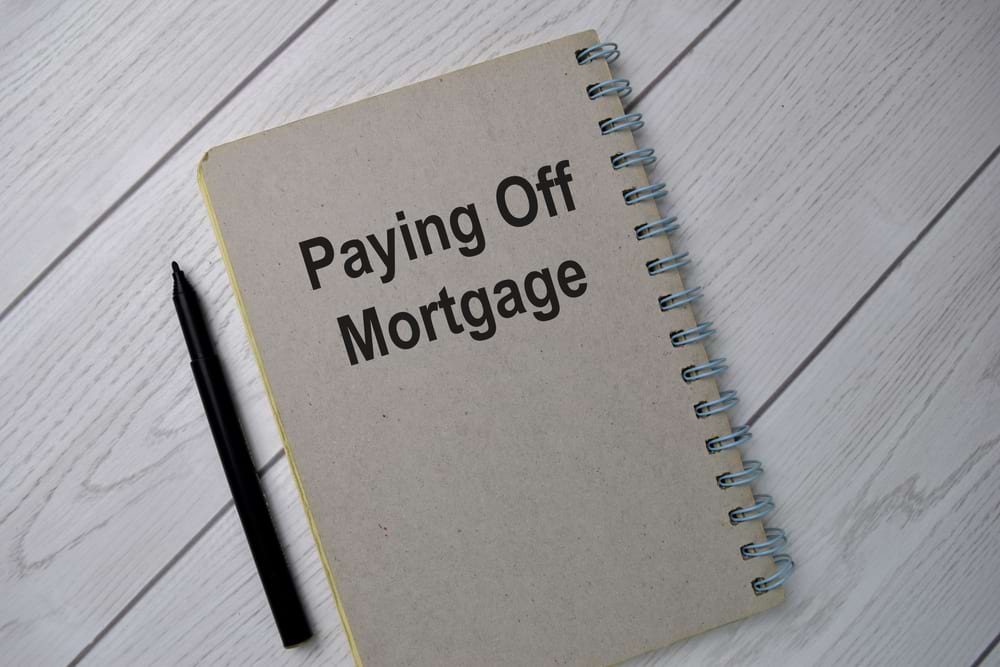Mortgage affordability checks are a necessary part of getting a mortgage.
Knowing why they are needed and how they work will help you prepare for them.
What is a mortgage affordability check?
A mortgage affordability check is completed by a lender when someone applies for a mortgage.
The organisation completes it to find out if you can afford to repay the mortgage, and how reliable you are at paying back loans.
During the check, the mortgage lender will look at your financial history, including your credit score, any unpaid debts, your salary, and more. Some of the information you may need to provide includes:
- Your salary
- Credit card statements
- Daily spending
- Mobile phone bills
- TV and music subscriptions
- Gas and electricity payments
- Supermarket shopping habits
A lender completes this check to feel confident that you will repay their mortgage.
If your history is not strong enough, they may:
- Reject you altogether
- Request a higher deposit
- Charge a higher interest rate
- Explore other avenues for getting their mortgage back.
How long do mortgage affordability checks take?
On average, mortgage affordability checks take between 3 – 6 weeks completing affordability checks on an applicant, although this time frame can vary slightly.
The affordability of a mortgage at any given time will be affected by the current mortgage rates. See our blog about the average mortgage interest rates for more information.
What questions might I be asked in a mortgage affordability check?
A mortgage lender will ask for the information they consider necessary to assess your financial position, habits and reliability. Things they may ask about include:
- Your employment status – are you employed, part-time, or self employed?
- Your daily spending habits and routine – do you have gym memberships or TV subscriptions?
- Your monthly household bills – how much is spent on water, broadband, gas, and electricity?
- Extra income – do you work more than one job? Or do you receive a pension, or benefits?
These are just a few of the questions mortgage lenders may ask applicants.
What has changed with mortgage affordability checks?
On 1st August 2022, the rules for mortgage affordability checks changed slightly in the UK.
Previously, mortgage lenders did something called ‘stress testing’ in their checks, which means that they calculated whether the applicant could still afford their mortgage if interest rates were to rise by 3%. However, from 1st August 2022, this requirement was removed.
There are still three other criteria which all applicants need to meet. These are:
- Existing financial commitments and debts
- Number of financial dependents
- Day-to-day living expenses and spending habits
Lenders still look extremely closely at these three categories to decide whether to give you a mortgage. They are lending applicants a large sum of money, so it is important that they feel certain that they will receive it back.
Why were mortgage affordability checks changed?
The need for ‘stress testing’ was removed by the Bank of England, after estimates came out that approximately 50,000 people in the UK were being kept off the property ladder by this requirement.
The Bank of England decided that the remaining three checks (outlined in the section above) were sufficiently thorough to determine whether an applicant was a trustworthy.
These changes are generally beneficial for low-income earners who were trying to get on the property ladder, but were previously being denied a mortgage.
What happens after I have passed a mortgage affordability check?
Once you have passed a mortgage affordability check, you can proceed with the purchase of your house.
The approval is typically valid for around 6 months, but you can double-check this with the lender if you are unsure.
What happens if I fail a mortgage affordability check?
If you fail a mortgage affordability check, it is not the end of the world. It does not necessarily mean that you cannot afford a mortgage.
It just means that you weren’t able to prove it to a large enough extent, and the lender was therefore cautious.
You should make sure you receive clear feedback from your mortgage lender about why you were not granted the mortgage. Once you have this, you can take steps to fix these issues and then try again.
For example, if you still have some out-standing debts, then you should make sure these are paid off before you apply for another mortgage.




















